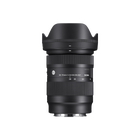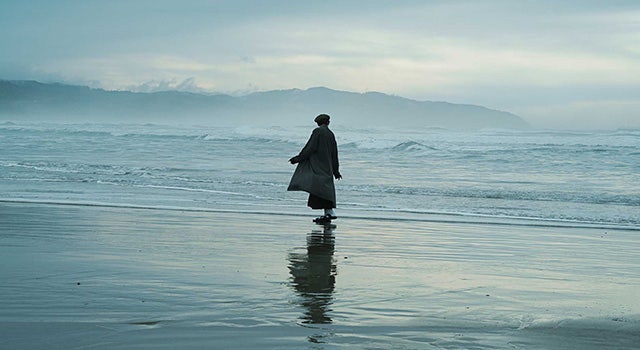Small and lightweight. This zoom lens enhances our enjoyment of the great outdoors: SIGMA 28-70mm F2.8 DG DN | Contemporary
The psychology of photography has long been of fascination to me and whilst there are many aspects of this subject, one of the most revealing is what photographs people gravitate towards. Naturally, this is always going to differ amongst individuals, however, we ignore this at our peril, and I will explain why. I am always interested in people’s thoughts about my own images and after a presentation, will often ask what was your favourite image? I am not seeking praise or pandering to my own vanity – I am genuinely interested in what images have elicited a response in them and why – often, people can’t explain why they like a particular image, which is fine but unless we understand what images are connecting effectively with people, we cannot hope to become better visual communicators.
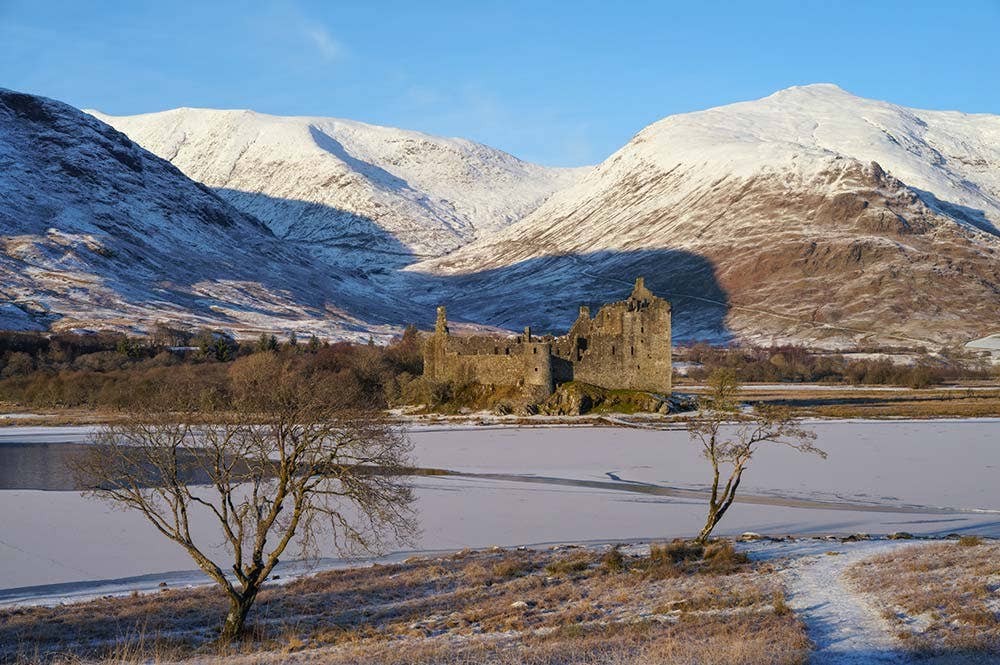

Stob Ghabhar, Loch Tulla, Scotland.
SIGMA fp L, SIGMA 28-70mm F2.8 DG DN | Contemporary, ISO 100, F11, 1/80s, 54mm
Regardless of how clever we might think ourselves to be as photographers, unless we can communicate with the man and woman in the street, unless we can speak in a language that they understand, so that in an instant, they can clearly grasp our proposition, then we fail. The mistake that many photographers make is that they create a level of complexity in their images that the public just don’t get and that means that you are not getting your message through. This mindset is not driven by an urge to become more profitable or pursuing only pictures that people are more likely to buy, or about getting more ‘likes’ on Instagram, it’s about becoming a better visual communicator which is fundamental to what we, as photographers, should aspire to be. Selling more pictures and getting more likes shouldn’t be the primary motivation but the reward for a deeper understanding.
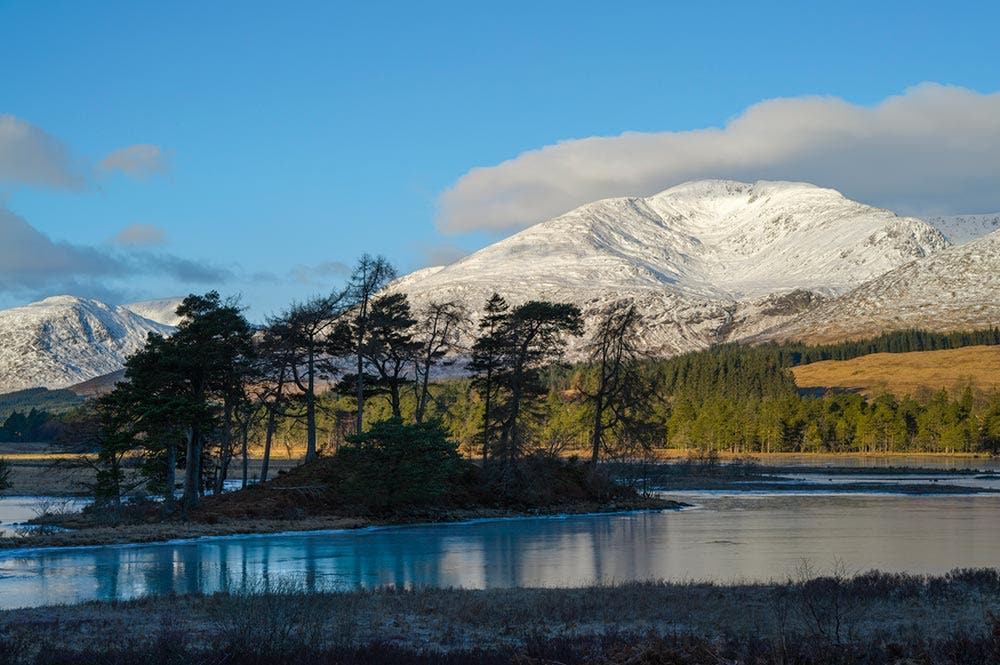

Stob Ghabhar, Loch Tulla, Scotland.
SIGMA fp L, SIGMA 28-70mm F2.8 DG DN | Contemporary, ISO 100, F9, 1/200s, 100mm
One of my other mantras which is the subject of a tutorial I present during my workshops, which I’ve been running in the Scottish Highlands for the past fourteen years is ‘Making Order from Chaos’. We are surrounded by visual chaos and as photographers we must learn to decode it. From the minute we open our eyes in the morning we are continually bombarded with images and as photographers, we have to decode the visual messages that are contained within. Using light, graphics, colours, textures and patterns we have to translate what we see in the three-dimensional world in which we exist, into the two-dimensional world of photography. As many of us have learnt, it is easier said than done.
On a recent trip to the Highlands, I put this into practice, working primarily with the new SIGMA 28-70mm F2.8 DG DN | Contemporary lens, the smallest and most lightweight lens in its class. I’ve long been an advocate of the 28 mm focal length for landscape photography and find that I seldom, if ever, use anything wider in my personal work. The 28 mm focal length gives, what I believe, to be the perfect combination of magnification and angle of view, without the distortion associated with wider angle focal lengths where foregrounds are unnaturally accentuated. However, what really stands out about this lens is its size – we have been asking for smaller, lighter equipment for many years and it’s finally here and SIGMA’s 28-70 mm is testimony to what can be achieved. With a lens like this you can roam the mountains or paddle the ocean without the burden of a heavy camera bag and without compromising on image quality. This lens and the others that will follow help to liberate photographers from the burden of equipment which ultimately, will enhance our enjoyment of the great outdoors.
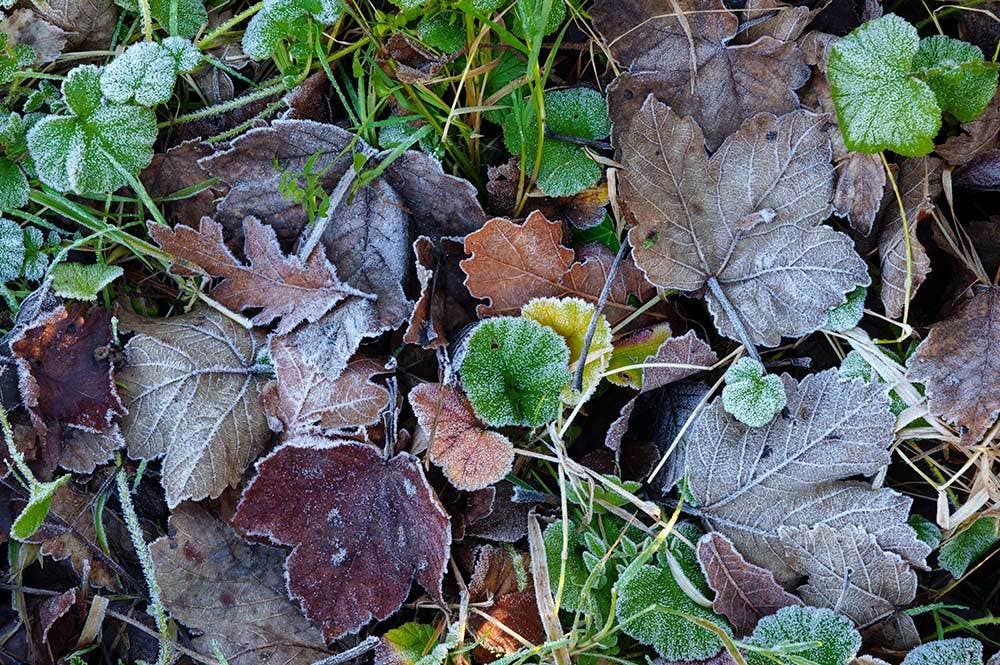

Woodlands, Glen Nant National Nature Reserve
SIGMA fp L, SIGMA 28-70mm F2.8 DG DN | Contemporary, ISO 100, F16, 0.7s, 70mm
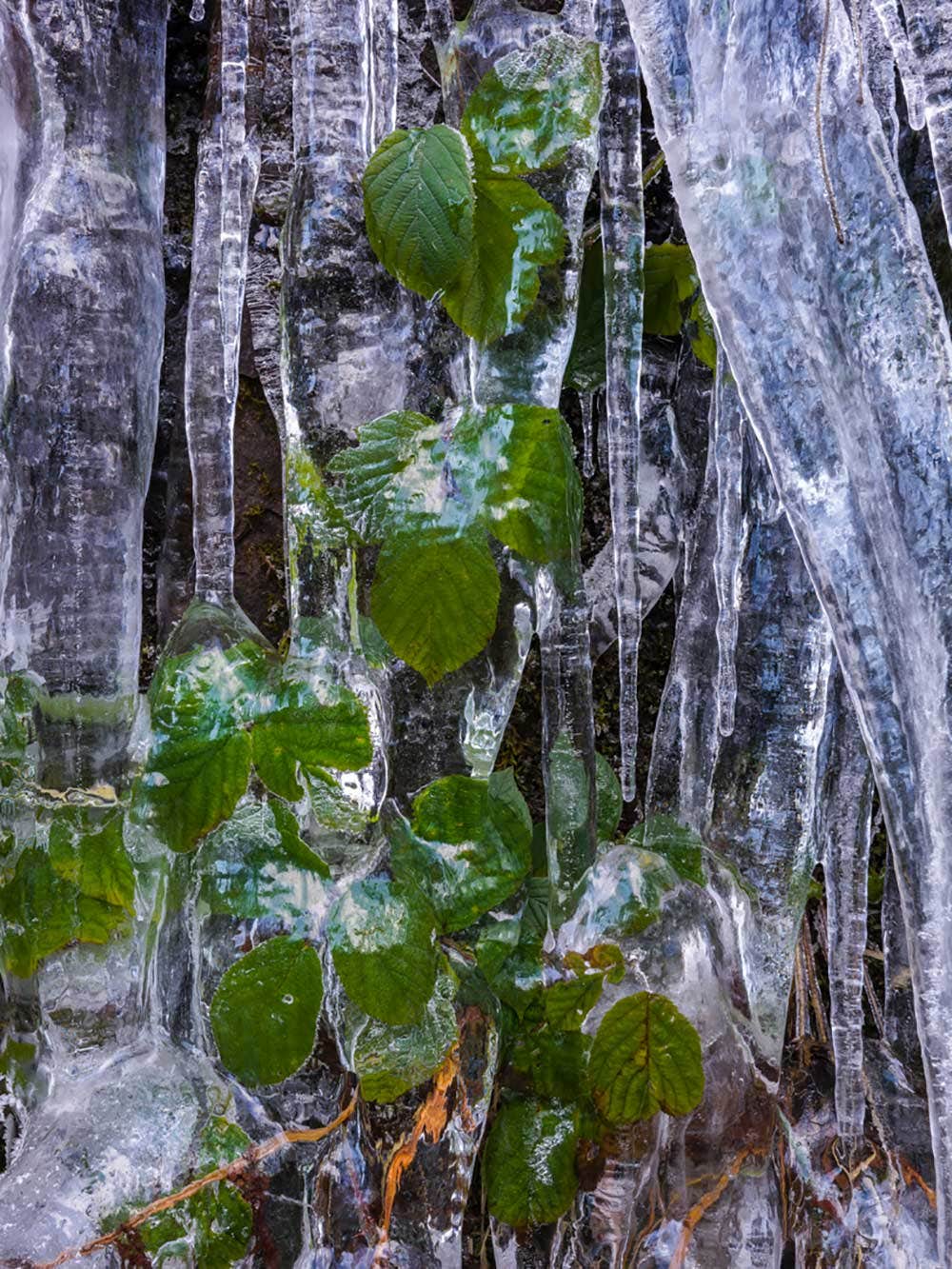

Icefall, Glen Nant National Nature Reserve
SIGMA fp L, SIGMA 28-70mm F2.8 DG DN | Contemporary, ISO 100, F16, 0.7s, 44mm
Working within the landscape I find as rewarding as shooting big views, and increasingly, more so. This genre of photography is not macro but what I refer to as the ‘intimate landscape’ and like a conventional landscape photograph, there needs to be a beginning and an end – these images should be something more than a shot of a toadstool or the patterns of a few lichens on a rock, which you might find in an identification handbook of lichens. Essentially, they should be about the relationship between
a group of elements in which there is a composition – an eye-path, which you, the photographer, have identified. The great advantage of this type of image is that it is yours and yours alone and is unlikely ever to be replicated by anyone else in the way that the well known honey-pots’ are.
Working with the 61 mega-pixel SIGMA fp L and the SIGMA 28-70mm F2.8 DG DN | Contemporary lens which has been optimised for working at close ranges, I spent a couple of hours working on a frozen waterfall attempting to make order from a great deal of chaos. It is hard to avoid doing the literal shot of the icefall – the big icicles are impressive but there is so much more here if you are prepared to look. And herein lies the key, you need to look, forensically, much in the way our ancestors did when they were foraging for food. Often, after scrutinising an area you’ll come away empty handed, but the upside is that it’s connected you to the landscape at a more intimate level.
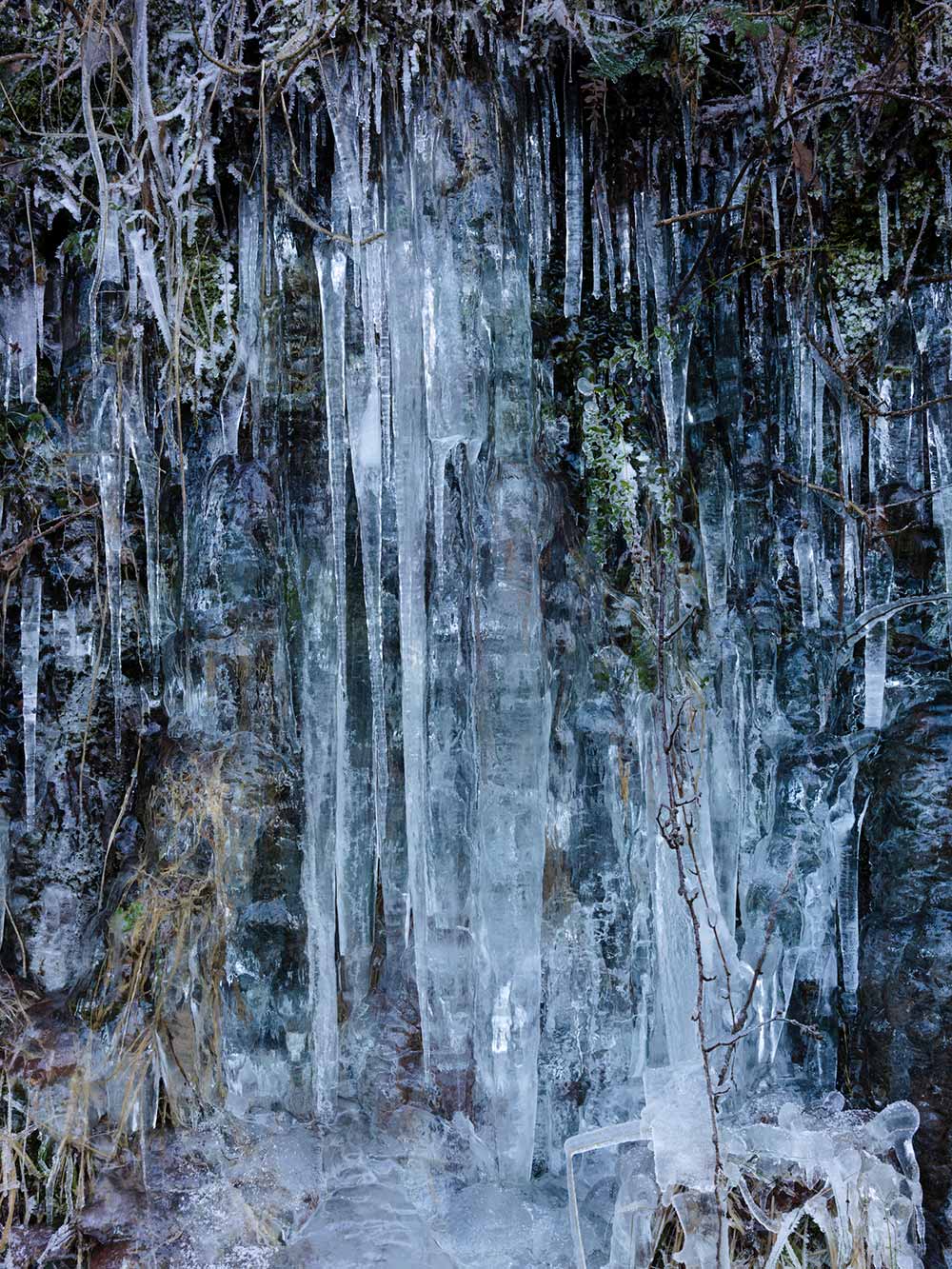

Icefall, Glen Nant National Nature Reserve, Scotland.
SIGMA fp L, SIGMA 28-70mm F2.8 DG DN | Contemporary, ISO 100, F16, 0.7s, 44mm
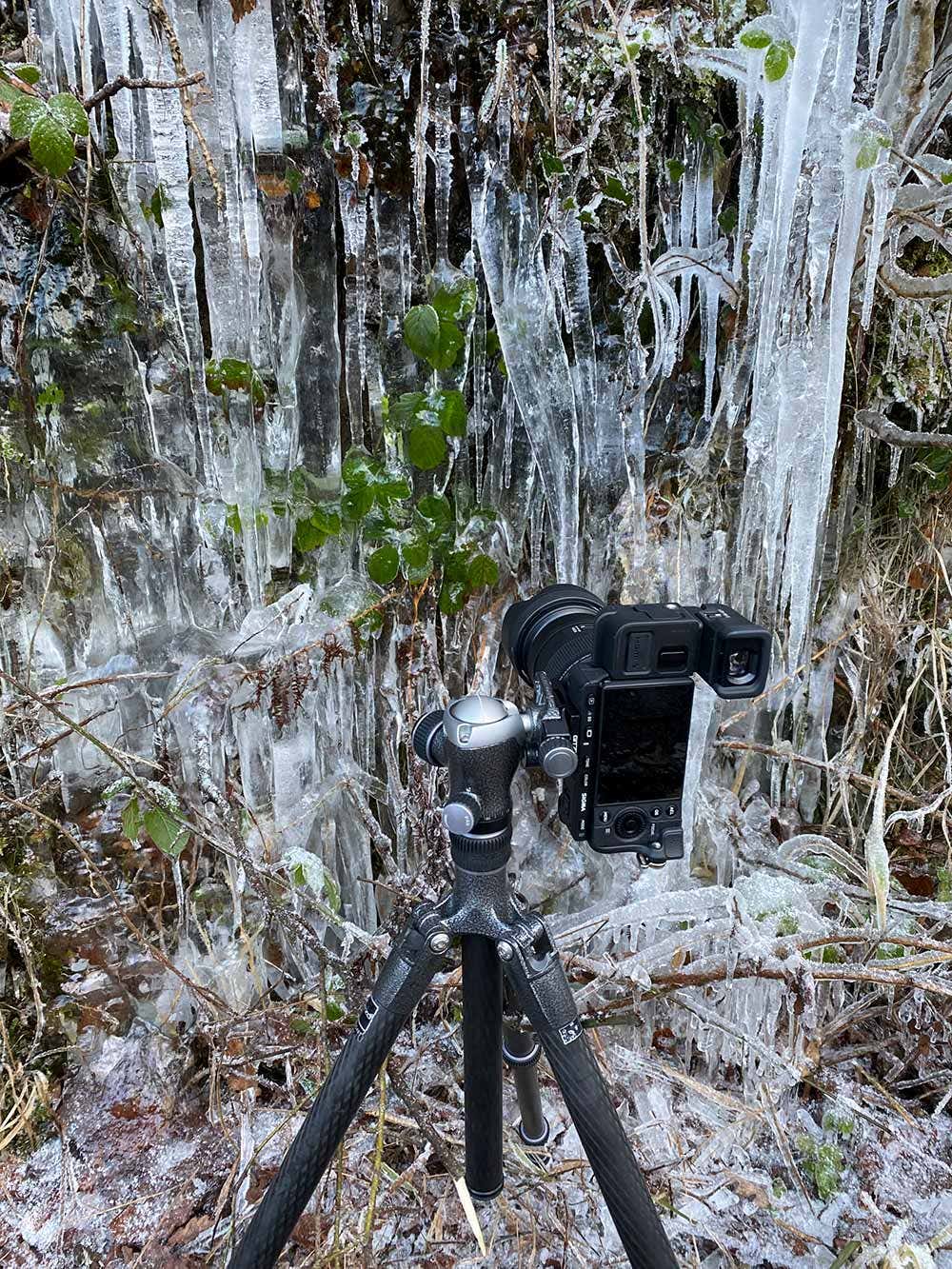

The lens and camera worked seamlessly – as usual I was on a tripod and working completely manually using the EVF to compose with on intimate sections of the icefall. In one particular section, I spotted plants entombed in the giant icicles which I captured at a close working distance. On returning to the studio, I downloaded the images and was very impressed with the dynamic range and colour of the files, one of which I dropped into a template and printed out on my Canon printer. The print now hangs on my studio wall and is entitled Entombed and I’ve already been asking for people’s feedback. In life, we never stop learning.
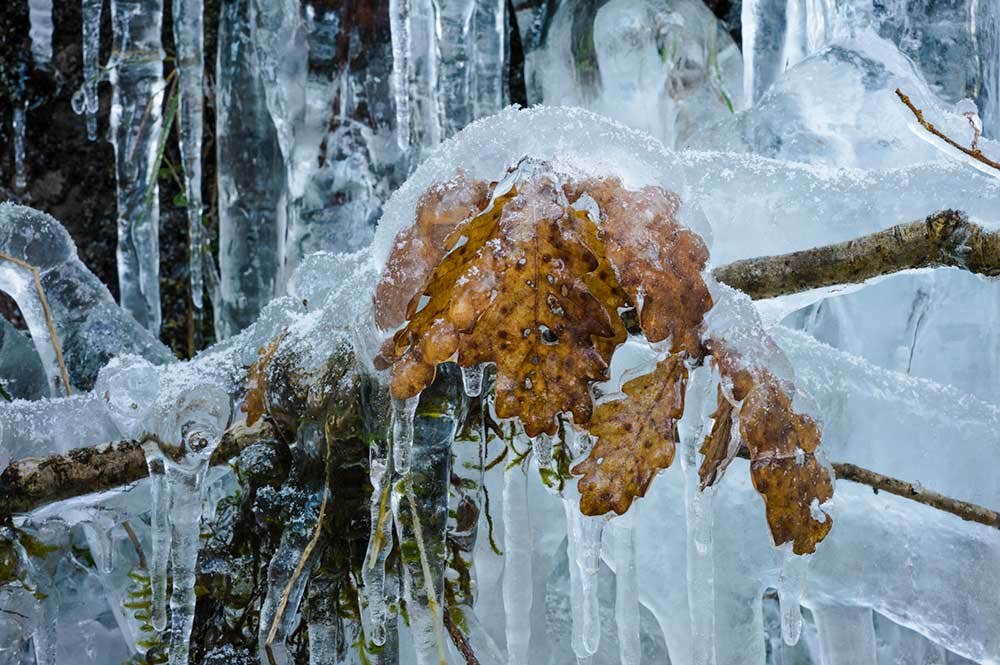

Icefall, Glen Nant National Nature Reserve, Scotland.
SIGMA fp L, SIGMA 28-70mm F2.8 DG DN | Contemporary, ISO 100, F16, 0.7s, 48mm
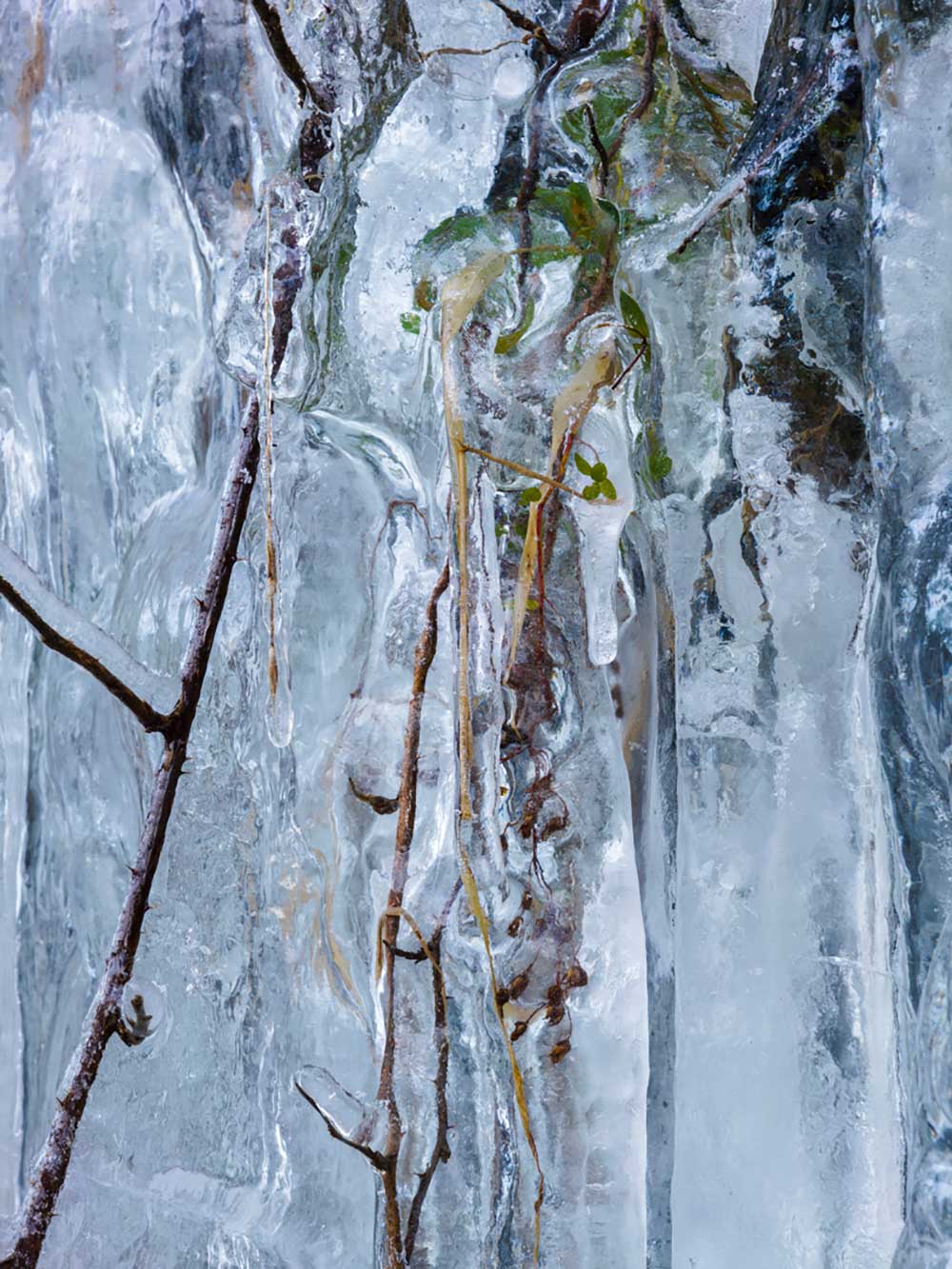

Icefall, Glen Nant National Nature Reserve, Scotland.
SIGMA fp L, SIGMA 28-70mm F2.8 DG DN | Contemporary, ISO 100, F16, 0.7s, 70mm
Having used the camera for three weeks my overwhelming impression was of its versatility. It can be many cameras for so many different types of photographers. If you want the freedom to explore by foot, bike or kayak and not be overwhelmed by heavy and bulky camera equipment without the need to compromise on quality, then this might be a camera for you. If you are someone who simply likes to point and shoot on auto-iso then this camera is also going to be attractive, and if you are someone like me who seldom uses any of the camera’s technology and works with it manually, then it can also behave like the manual cameras that I grew up with, without any loss of quality. For once, less is more.


Colin Prior
Landscape Photographer
Colin Prior is an acclaimed landscape photographer with almost four decades of experience. He seeks out patterns in the landscape and the hidden links between reality and the imagination. His images capturing sublime moments of light and land are the result of meticulous planning, and often take years to achieve. His numerous publications include Living Tribes (2003), The World’s Wild Places (2006), Scotland’s Finest Landscapes (2014) and The Karakoram: Ice Mountains of Pakistan (Merrell, forthcoming). Among Prior’s awards are the National Adventure Awards, Business Category Winner (2015), and the Scottish Award for Excellence in Mountain Culture (2020). He is Patrons Ambassador for RSPB Scotland, and has been the subject of three BBC documentaries entitled Mountain Man.
Website
